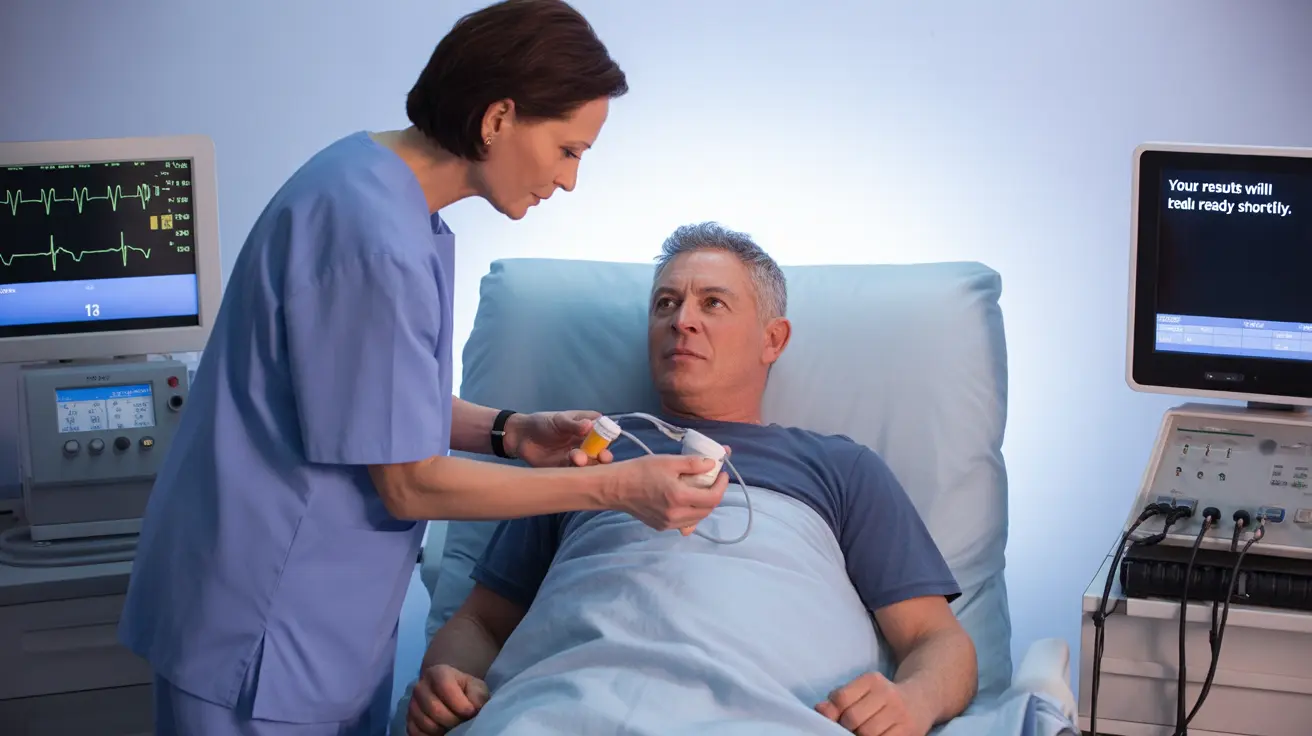A chemical stress test, also known as a pharmacological stress test, is a specialized cardiac diagnostic procedure designed to evaluate heart health without requiring physical exercise. This test is particularly valuable for individuals who cannot perform traditional treadmill-based stress tests due to physical limitations or medical conditions.
Understanding how chemical stress tests work and what to expect can help reduce anxiety about the procedure and ensure better preparation. This comprehensive guide explores the key aspects of chemical stress testing, including its purpose, procedure, and significance in cardiac diagnostics.
How Chemical Stress Tests Work
During a chemical stress test, medical professionals use specific medications to simulate the effects of exercise on your heart. These drugs increase blood flow and make your heart work harder, similar to what happens during physical activity. Throughout the procedure, healthcare providers carefully monitor your heart's response using various imaging techniques.
The test typically takes between two and four hours to complete, during which medical staff closely observe your vital signs and cardiac function. Unlike exercise stress tests, you remain lying down throughout the procedure, making it more manageable for those with mobility issues.
Key Medications Used in Chemical Stress Testing
Two primary types of medications are commonly used in chemical stress tests:
- Vasodilators (such as adenosine or dipyridamole)
- Dobutamine
Each medication works differently to stress the heart. Vasodilators increase blood flow by dilating blood vessels, while dobutamine directly stimulates the heart to beat faster and stronger. Your doctor will choose the most appropriate medication based on your specific medical condition and history.
Candidates for Chemical Stress Testing
Several factors may make someone a more suitable candidate for a chemical stress test rather than an exercise-based test:
- Arthritis or joint problems that limit mobility
- Chronic lung diseases
- Neurological conditions affecting movement
- General physical weakness or frailty
- Recent injuries or surgeries
- Inability to reach target heart rate through exercise
Preparation Guidelines
Proper preparation is crucial for accurate test results. Key preparation steps include:
- Avoiding caffeine for 24 hours before the test
- Fasting for 4-6 hours prior to the procedure
- Bringing a current list of medications
- Wearing comfortable clothing
- Arranging transportation home after the test
Understanding Test Results
Chemical stress test results provide valuable information about:
- Blood flow patterns in the heart
- Presence of coronary artery blockages
- Heart muscle function
- Risk assessment for heart disease
- Effectiveness of current cardiac treatments
Frequently Asked Questions
What is a chemical stress test and how does it differ from an exercise stress test?
A chemical stress test uses medications to simulate exercise effects on the heart, while traditional stress tests require physical activity on a treadmill. This makes chemical stress tests ideal for those who cannot exercise effectively.
Who is a good candidate for a chemical stress test instead of a traditional treadmill stress test?
Candidates include people with physical limitations, arthritis, lung diseases, neurological conditions, or those unable to reach target heart rates through exercise. It's also suitable for individuals recovering from injuries or surgery.
What medications are used during a chemical stress test and what are their side effects?
The main medications used are vasodilators (adenosine or dipyridamole) and dobutamine. Common side effects may include temporary chest discomfort, shortness of breath, headache, or nausea. These effects typically resolve quickly after the test.
How should I prepare for a chemical stress test to ensure accurate and safe results?
Avoid caffeine for 24 hours before the test, fast for 4-6 hours prior, bring a current medication list, wear comfortable clothing, and arrange for transportation home. Inform your doctor about any medications you're taking.
What do the results of a chemical stress test reveal about heart health and possible heart conditions?
The test results can reveal coronary artery blockages, blood flow patterns, heart muscle function, and overall cardiac health. This information helps doctors diagnose heart conditions and determine appropriate treatment plans.




